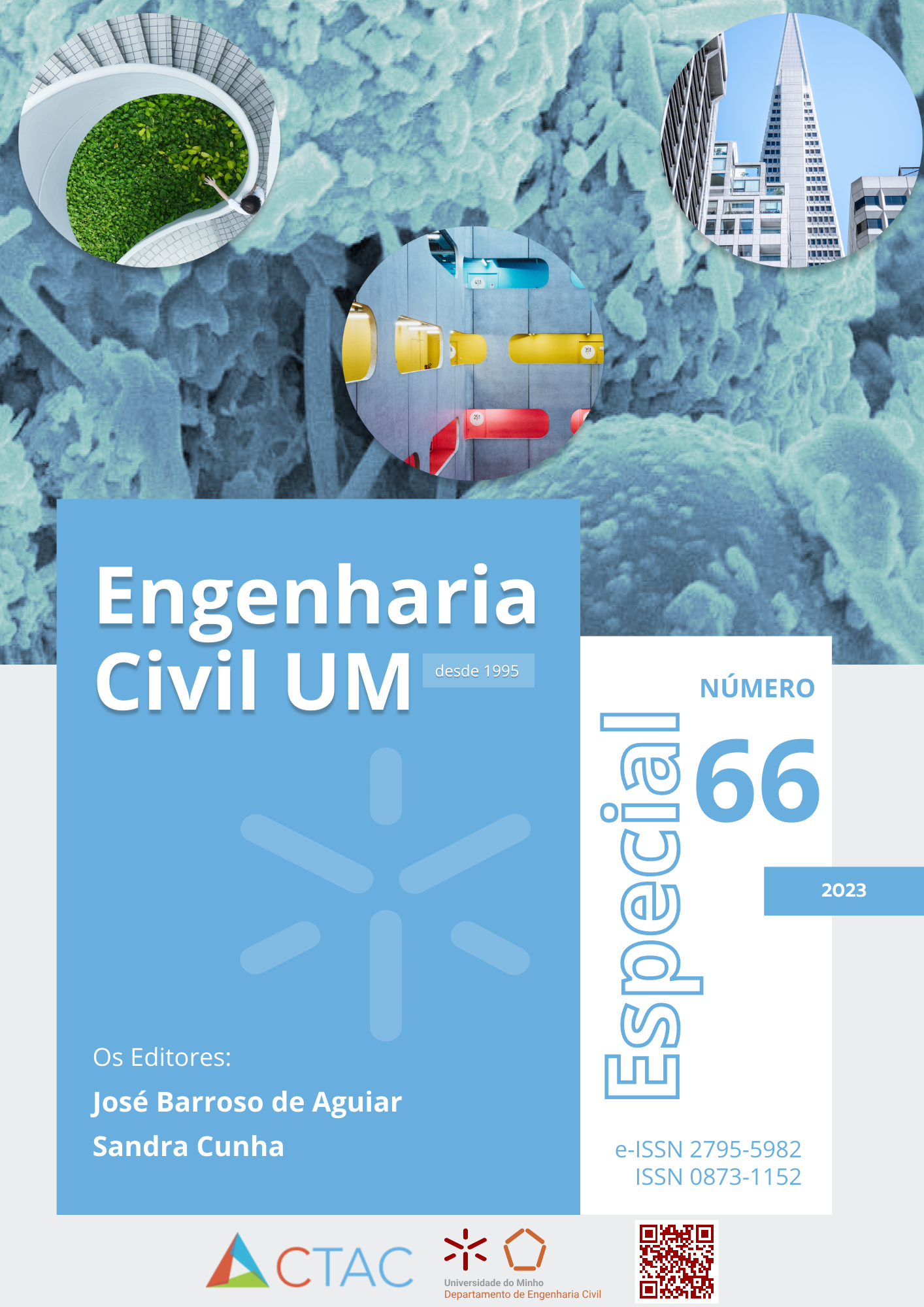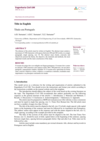Dynamic Simulation of the Energy Performance of a Thermochromic Glazing Under Different Climate Zones of Portugal
DOI:
https://doi.org/10.21814/ecum.5550Keywords:
Envidraçado termocrómico; Desempenho energético; Simulação dinâmica.Abstract
Highly glazed facades are usually responsible for significant heat exchanges that increase climatization energy needs. Thermochromic glazing, an innovative glazing solution, can autonomous and reversibly alter its properties depending on the temperature of the thermochromic layer laminated between the external glass panes, promoting the reduction of thermal gains and the increase of indoor comfort and energy efficiency. This study aims at assessing the energy performance of a thermochromic glazing against a conventional static glazing with and without a reflective solar control film, considering an individual office room oriented southeast as case study. A dynamic simulation, previously calibrated with experimental data, was used to compute the monthly and yearly energy needs (heating and cooling) and energy use (climatization and artificial lighting) with the different glazing solutions installed in the cities of Braganza, Lisbon and Faro, representative of different climate zones of Portugal. A reduction up to 65% of the cooling energy needs was obtained with the thermochromic glazing. The dynamic behaviour of the thermochromic glazing reduced indoor daylight levels, consequently increasing artificial lighting energy use. However, it was possible to achieve a reduction up to 50% of the total energy use (climatization and artificial lighting) with the dynamic glazing.









